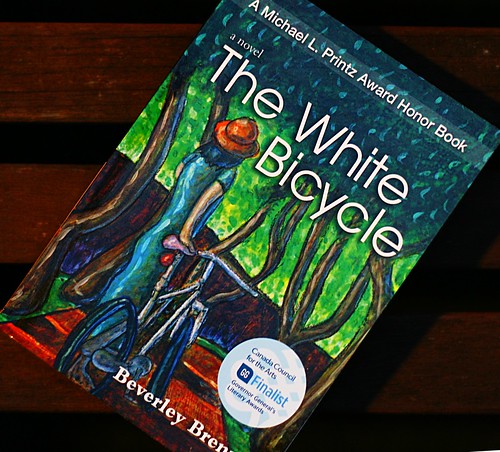As a grade schooler, I sought very little social interaction. I was physically clumsy, had odd speech patterns, and completely failed to pick up on the social cues most of us take for granted.
Even as an adult in my 50th year of life, I don’t do smalltalk, I have no close friendships and I’m uncomfortable around emotional people and transparency. I realize I speak in a boring monotone, but I don’t know how to fix that. I have to work very hard to express interest and not space out when people talk to me.
I envy people like Ted of Biking In LA, who can express a great deal of empathy toward people who suffer tragedy. While most people innately “get” social skills as a human trait, I had to learn these skills intellectually in the same way you might memorize math tables.
My wife is the completely opposite of me, and has helped me to better understand human intersection. She is Captain Kirk to my Spock personality. As a licensed marriage and family therapist, she counsels families with children on the autism spectrum. She bought The White Bicycle by Beverley Brenna for her practice. Because it involves a bicycle, I read this young adult novel and, wow, it impacts me like no other book I’ve read.

This novel is written in the first person by “Taylor Jane” in the style of a personal journal. Taylor is a nineteen year old young woman with Asperger Syndrome and Obsessive Compulsive Disorder. The novel seems to begin a little bit aimlessly as Taylor travels to France with her mother, but by page 30 I was hooked. Taylor rides a borrowed white bicycle to the edge of a wooded path, hikes in, and stumbles to the ground. She is reminded of her friendless childhood and taunts of “Freaker” from her peers, and punishment from teachers and authorities who mistook her failure to understand implied cues as recalcitrant disobedience.
Eventually, Taylor learns to manage her anger. She assigns colors to categorize her emotions. Red, naturally, represents anger. White is the safe and secret place Taylor reverts to when the world around her spirals out of control.
Because of her moderate disability, Taylor’s overprotective mother still treats the college-aged Taylor as a child. The white bicycle offers the freedom and independence that Taylor longs for. Even when she falls on an unfamiliar trail and scrapes her knee, the white bicycle is a safe refuge.
The author, Dr Bev Brenna, is a professor of children’s literature at the University of Saskatchewan in Saskatoon. She does a credible job getting into the head of an “aspie” kid, with so much that rings true to my own experiences. Taylor is overly literal and doesn’t “get” metaphors. She seeks the familiar, while change results in extreme anxiety. She can be incredibly prudish. She wears the same, tattered denim dress every single day she can. Although social skills training has taught her to mimic “normal” human behavior by saying “You’re welcome” and “Thank you” and to make eye contact during conversation, she still exhibits incredible inappropriateness in social situations.
Taylor responds with outbursts of rage in uncomfortable situations. My response: I laugh uncontrollably. When a weeping friend or relative tells me a loved on has died, I start to laugh. Weird, right? Reactions like this have given me a reputation as an insensitive, cold-hearted monster. I can come across as gruff both in person and online until somebody reminds me that I’m acting like a jerk. There was that time when I walked through a bad part of town because of a mechanical failure when somebody pulled a knife and demanded my bike, my phone and my wallet. I laughed with gusto. The mugger thought I was unhinged and left me alone.
I suspect my lack of social awareness probably contributes to my willingness to bike for transportation. Social status means little to me. The bicycle is my freedom, independence and safety, even in environments that many people consider insanely dangerous.
The White Bicycle is targeted for young adults and can be a little simplistic, but I highly recommend this book for those on the spectrum, for parents of high-functioning autistic children, and teachers and other professionals who encounter those on the spectrum. The White Bicycle stands alone, but is the final book of Brenna’s “Wild Orchid” trilogy.
Bookshop Santa Cruz has this book on hand in the children’s section as of this writing. You can also buy paperback or Kindle e-book online through Amazon.com.
There are alot of us like you in Silicon Valley. Stay hungry, stay foolish!
Well, you memorized those tables well! The few times we’ve interacted on the train you’ve been nothing but pleasant. It sounds like you may be remembering all the times you’ve goofed instead of all the other times you were unremarkably pleasant. Or, maybe I just don’t pick up on subtle social cues either!
Thanks for sharing your story. You are obviously socially aware in your writing, but I can relate to in-person interaction being harder.
We’re all socially awkward engineers in Silicon Valley 🙂